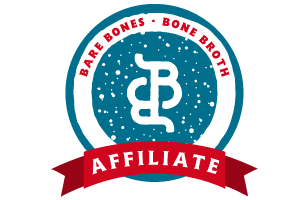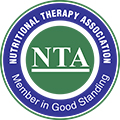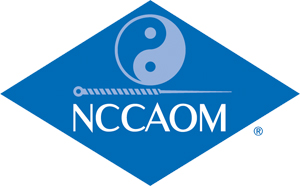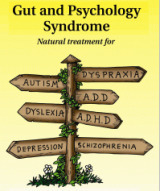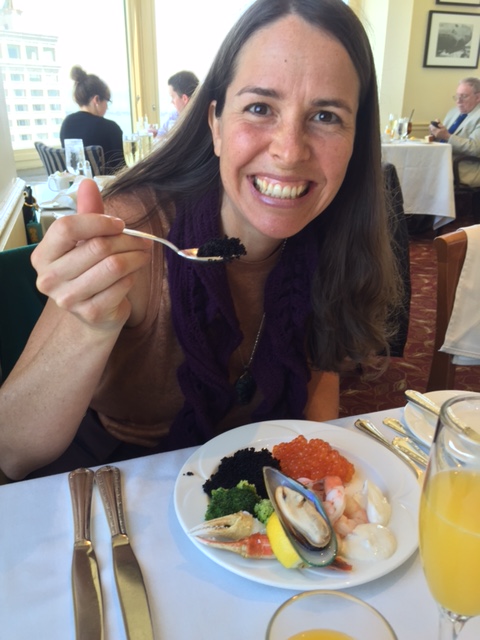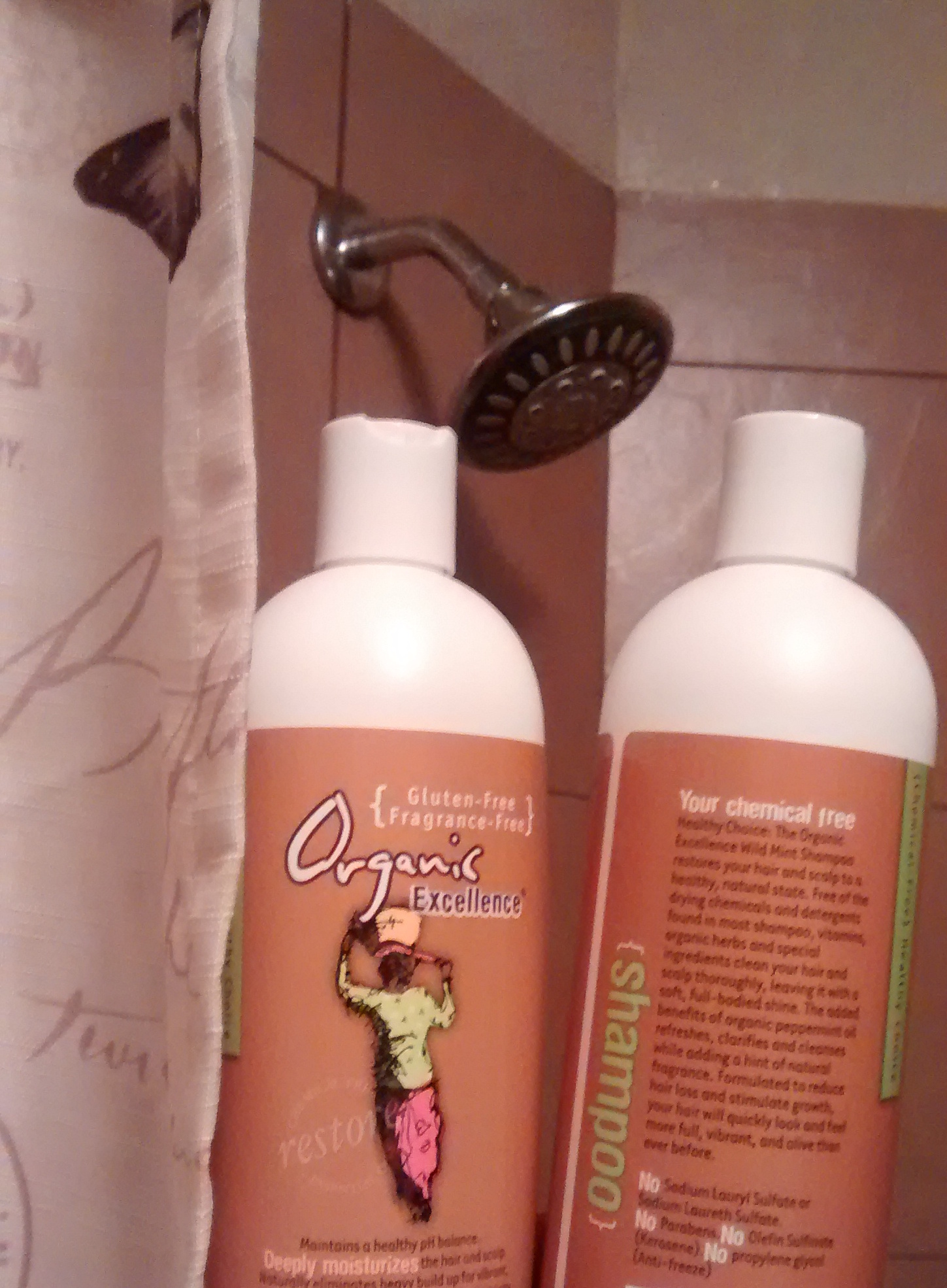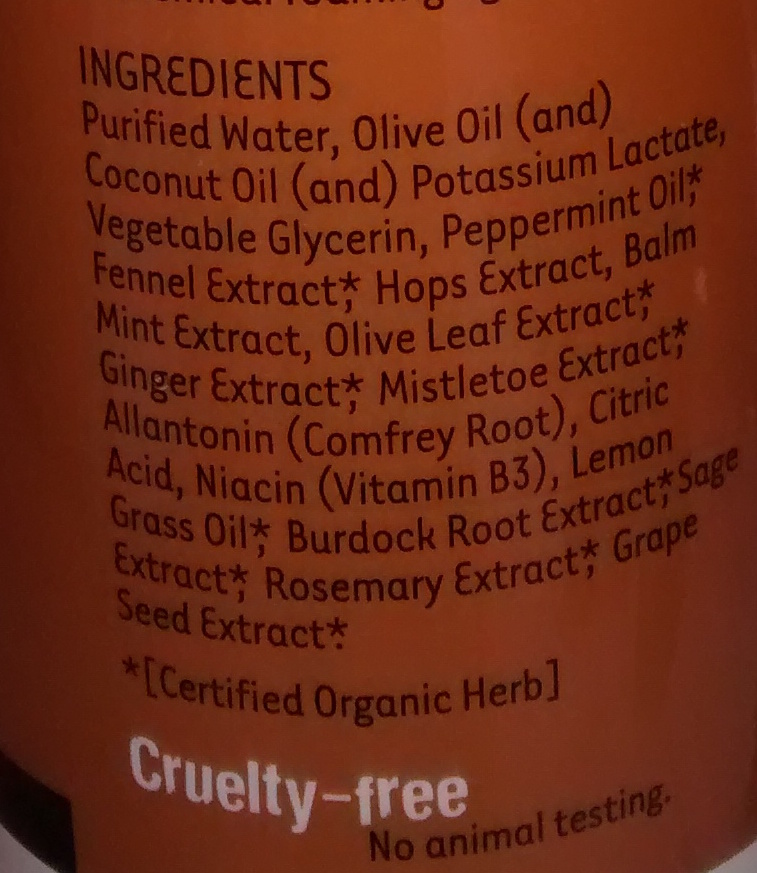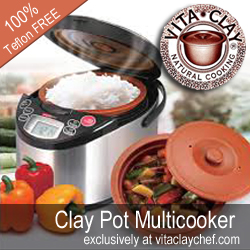"Is This How It's Supposed To Taste?"
 Thursday, September 1, 2016 at 2:02PM
Thursday, September 1, 2016 at 2:02PM 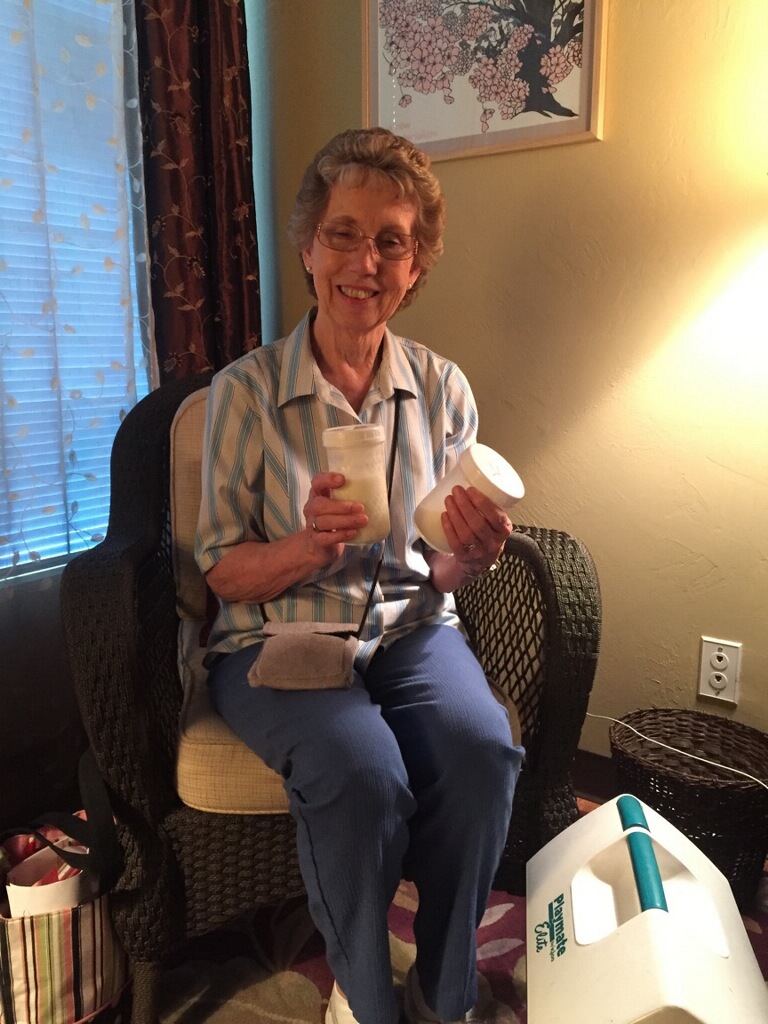 Kombucha, keifer, lactofermented veggies, ghee, lard, bone broth... Many of my patients have never even heard of some of the foods I recommend, and even if they have, they may never have thought to make or use these foods in their own kitchens. That's why patients like the one pictured here (photo used with permission) often bring in the fruits of their culinary adventures and ask me to make sure they've got it right. I'm happy to sniff or sample your WAPF & GAPS-friendly kitchen creations, like the kefir pictured here, to make sure that you're on the right track. Familiarity with these types of traditional foods used to be passed down from our ancestors. I've had to seek out experienced folks, sometimes older and sometimes not, who understand the value of carrying forward these nourishing foods. This is now another way that I can support your journey to nutrient-dense eating when you are a patient in my practice.
Kombucha, keifer, lactofermented veggies, ghee, lard, bone broth... Many of my patients have never even heard of some of the foods I recommend, and even if they have, they may never have thought to make or use these foods in their own kitchens. That's why patients like the one pictured here (photo used with permission) often bring in the fruits of their culinary adventures and ask me to make sure they've got it right. I'm happy to sniff or sample your WAPF & GAPS-friendly kitchen creations, like the kefir pictured here, to make sure that you're on the right track. Familiarity with these types of traditional foods used to be passed down from our ancestors. I've had to seek out experienced folks, sometimes older and sometimes not, who understand the value of carrying forward these nourishing foods. This is now another way that I can support your journey to nutrient-dense eating when you are a patient in my practice.
In fact, many of the patients who bring in foods for me to sample that they have prepared actually get the recipe they used to make the dish from me directly. While this blog is full of great recipes that I hope you'll check out and use, when you enter care with me I'm able to provide you with recipes that are tailored to your individual dietary needs. I also stock two essential cookbooks, Nourishing Traditions, which can help you make the leap into more traditional real-food cooking, and Internal Bliss, a cookbook designed specifically for the GAPS diet. I've found that if I want you to eat healing food, I need to give you guidance on how to make it yourself, and support you as you embark on your journey to become a traditional nourishing home cook or delegate this important task to someone if feasible. I also include information to help you source the ingredients I recommend. Getting set up to make delicious and healing food choices in your daily life is one of the best ways I know of to ensure your vibrant health no matter what life brings your way.
Most of you know that you can get nutritional supplements from my office, but I also offer key ingredients that I want you to use in your nutrient-dense cooking -- things like ghee and coconut oil, even coconut ghee! When we're talking about less shelf-stable ingredients, like meat, eggs, poultry or dairy products, my connections to the traditional farming community allow me to help you find someone who can provide you with ingredients that are local and traditionally produced. For those items you can't buy locally, I do my best to find sources online and link to those from my Healthy Resources page. If a recipe I've given you calls for something you can't find, let me know at our next appointment, and I'll help you find it. I also keep free Rogue Flavor Guides, Non-GMO Shopping Guides, and Safe Seafood Guides on hand for my patients, so that you can find the best foods and ingredients, preferably in our local community, wherever you shop for groceries.
If you haven't yet entered into care with me, just imagine what it would feel like to be supported in your nutritional journey in this way: You have access to a care provider who will really get to know you, your body and the foods you need; you'll receive recommendations for foods and recipes that I think would be most beneficial for you; you'll get connected to sources of the most nutritious ingredients to make the recommend foods; and if needed, you'll have your very own recipe taster to sample your creations to see how they're coming along (especially useful for those who are new to fermentation!). We can all try our best to eat nourishing foods on our own, but when you are truly supported, making the transition to nutrient-dense eating becomes so much easier and more sustainable for you to maximize your time and energy. Plus, in addition to supporting you with nutritional counseling, patients who see me in my office can also benefit from all the hands-on therapies I offer to support you body's healing in addition to nutritional therapy. See my Offerings page for a comprehensive list of all the supportive services you can receive during an appointment with me, and contact me by emailing Support@SummerWaters.com or calling 541.326.8952 to schedule an appointment so you can experience my supportive care for yourself.
This post contains AFFILIATE LINKS. Click through for more information.



